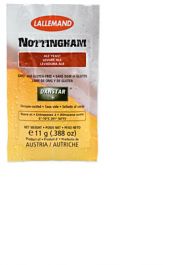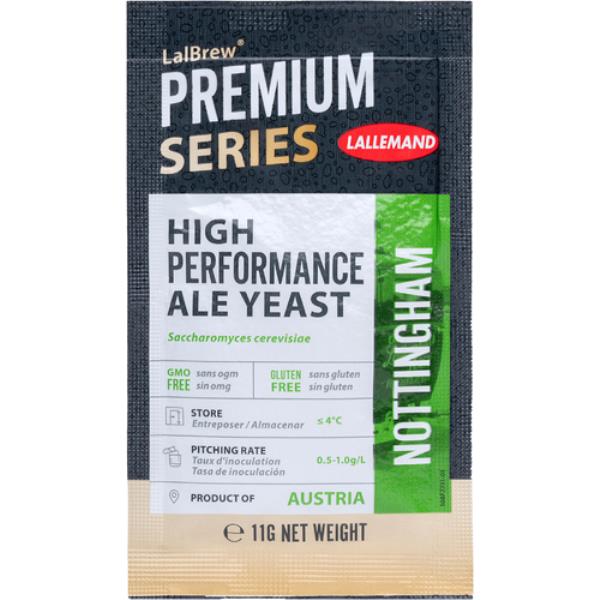

Next concern would be how much headspace should I look to leave in a 1gal glass carboy and any special treatment for the berries past freezing and thawing/mashing? Id assume they'd be fine without tablets. Anyone have any experience using Nott in mead? I just wasn't too sure what to expect(if anything). Given I'd only worked recently once with mead I didn't know what to expect if I went with the Nottingham, or if it might be better going with Champagne. My local home brew is under remodel and I'm trying to work with what I have on hand which would be Nottingham ale yeast and Red Star Champagne yeast. My questin is mostly concerning the yeast. If the cider yeast does not produce attenuation. I was thinking of going up on the berries a bit more as it was reading 8oz to give more of a hint of blackberry. I pitched about 16 gallons of cider yesterday in 3 8 gallon brew buckets. I tend to like things a bit sweeter but not sickeningly sweet. Inch and a quarter ( 1 1/4 ) long section of a vanilla bean. The recipe I came across (was looking for a fairly simply blackberry mead) was this.ġ package of Red Star "Premier Cuvee" yeast Given it collects at the end of the cone, you can simply remove it by opening the valve and emptying it into a clean collection vessel.So my Botchet mead is coming along nicely as it sits aging along side my hard apple cider, I wanted to run another batch of mead to keep things going. The better you sanitize your equipment and care for your yeast, the more viable it will be.Ĭonical fermentors make access the trub easy.
Nottingham yeast cider maple syrup trial#
Trial and experience will dictate how well you go.

How they do this is by pumping the residual yeast via the bottom of one fermenter into the waiting and ready lump of steal and repeat. Many commercial brewers reuse yeast for several fermentation cycles - and we've heard stories of going through to 40 or 50 batches. How many times can I recycle my beer yeast? This means you will give your beer an excellent start at fermentation and a likely reduction in the occurrence of strange smells and flavours in your beer. For the homebrewer the best reason to do this is so that you 'jump start' your next brew with a much larger pitching cell volume.

The big commercial breweries do it to save money and it's an efficient process. Give the new solution a bit of a stir so that the yeast finds its mark.
Nottingham yeast cider maple syrup free#
If you're thinking that washing yeast sounds like too much work, feel free to ask if: Warming it to room temperature will help too. Place the slurry into a starter container and add a quart or litre of fresh wort to "wake it up" before using. If you are using yeast beyond a three or four week period, you'll do well to rouse the yeast from its slumber.

If you use one of the containers in the next 3 weeks or so, you can use it directly without any other preparation as the yeast will still be quite active. Properly cover them tight and store those in the fridge.Įach container should enough yeast to ferment an average 23 litre batch of beer. Take your 'slurry' swirl it up the slurry and decant it from the fermenter it into sanitized containers. There will be a layer of trub and it needs to be liquefied somewhat to make it easy to work with, so add some clean and sterile water. Plugging that number into your 1/3 of cup, that'll get you about 2.5 oz worth of sugar seems a little low for 4.5 gallons. Once the beer has been racked for kegging or bottling it's time to begin the harvest. 1 tbsp honey or maple syrup 1 tbsp ACV pinch ground cinnamon or turmeric Add the warm water and honey or maple syrup to a Mason jar and shake until it dissolves. You have a conversion factor for cups of syrup to grams of sugar, and there are about 28 grams in an ounce, so, working the numbers through, that's about 7.5 oz of sugar per cup of syrup. There's a more simple method where you don't wash the yeast or make a starter.ĭraw or harvest your yeast sample from your primary fermenter as it contains more active yeast than what would be in a secondary fermenter (if you actually used one). This 'washed' yeast can now be stored in the refrigerator for many months until you wish to use it as part of a yeast starter


 0 kommentar(er)
0 kommentar(er)
